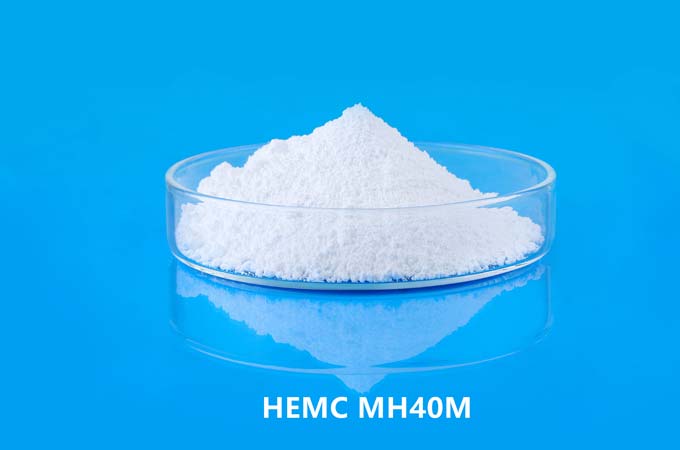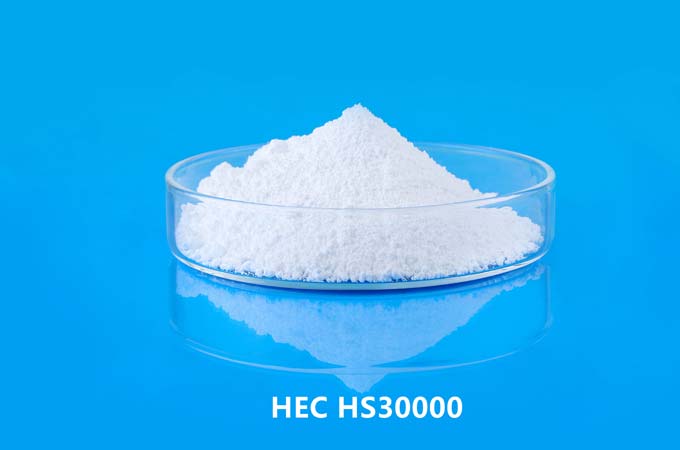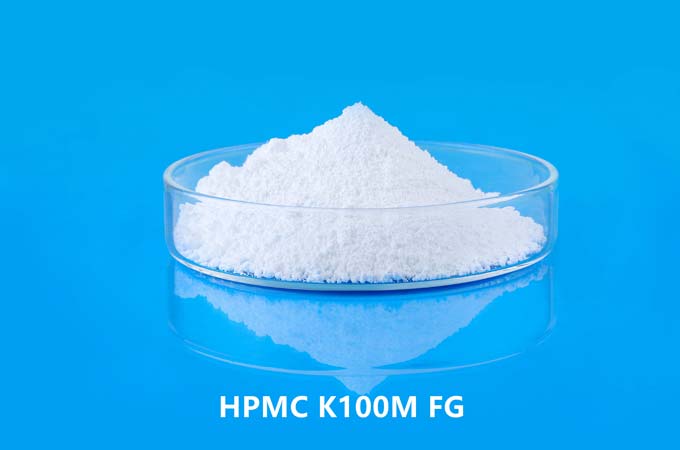Introduction:
Adhesive viscosity plays a crucial role in various industries, including construction, pharmaceuticals, and food production. Hydroxypropyl Methylcellulose (HPMC) is a key ingredient known for its ability to enhance adhesive viscosity.
Understanding HPMC:
HPMC is a semi-synthetic polymer derived from cellulose. It is widely used as a thickening and binding agent in various products due to its unique properties. HPMC is soluble in both cold and hot water, making it versatile for different formulations. Its chemical structure allows it to interact with water molecules through hydrogen bonding, resulting in the formation of a gel-like matrix.
Mechanisms of Viscosity Enhancement:
Water Retention: HPMC has exceptional water retention properties, which help maintain the adhesive's viscosity over time. As it absorbs water, it swells and forms a viscous solution, effectively increasing the thickness of the adhesive.
Rheology Modification: HPMC influences the rheological properties of adhesives, affecting their flow behavior and viscosity. By controlling the concentration of HPMC and adjusting formulation parameters, manufacturers can tailor the adhesive's viscosity to meet specific requirements.
Particle Suspension: In adhesive formulations containing solid particles or fillers, HPMC acts as a suspending agent, preventing particle settling and ensuring uniform distribution. This contributes to the overall viscosity of the adhesive and enhances its stability.
Film Formation: When incorporated into adhesive formulations, HPMC forms a cohesive and flexible film upon drying. This film acts as a barrier, preventing moisture penetration and enhancing the adhesive's bonding strength. The viscosity of the adhesive is maintained even after film formation, ensuring consistent performance.
Applications of HPMC in Various Industries:
Construction: HPMC is widely used in construction adhesives, such as tile adhesives, grouts, and caulks. Its ability to improve viscosity and water retention makes it ideal for applications requiring strong and durable bonds, especially in wet environments.
Pharmaceutical: In pharmaceutical formulations, HPMC serves as a binder in tablet coatings and as a thickener in topical gels and ointments. Its non-toxic nature and biocompatibility make it suitable for use in medical and healthcare products.
Food Production: HPMC is approved for use as a food additive and is commonly found in products such as sauces, dressings, and baked goods. It functions as a thickener, stabilizer, and emulsifier, improving the texture and consistency of food products without altering their taste or nutritional value.
Hydroxypropyl Methylcellulose (HPMC) plays a vital role in enhancing adhesive viscosity across various industries. Its unique properties, including water retention, rheology modification, particle suspension, and film formation, make it a valuable ingredient in adhesive formulations. Whether in construction, pharmaceuticals, or food production, HPMC contributes to the performance and quality of adhesive products, ensuring reliable bonds and consistent results. As technology advances, further research into HPMC's properties and applications will continue to drive innovation in adhesive manufacturing.
 English
English 日本語
日本語 français
français Deutsch
Deutsch Español
Español italiano
italiano русский
русский português
português العربية
العربية Türkçe
Türkçe Nederland
Nederland



